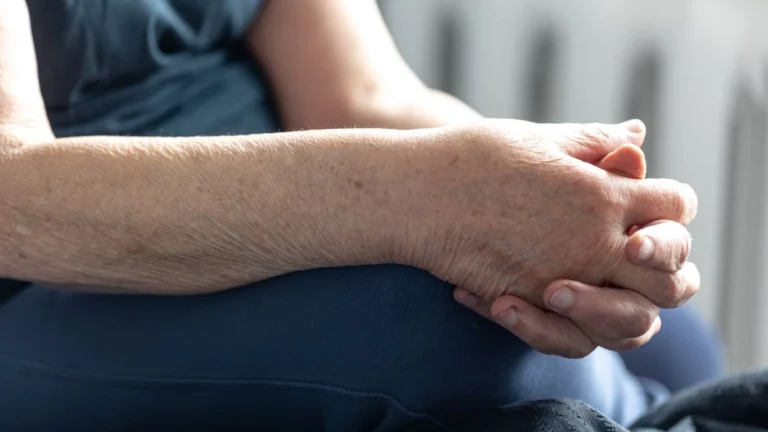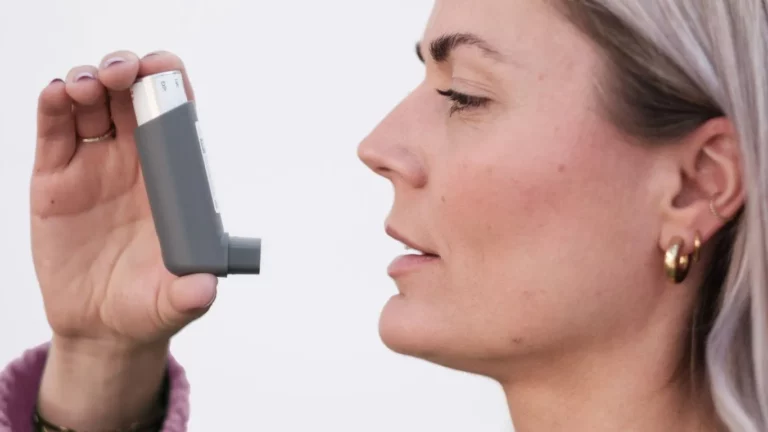Heat Therapy for Rheumatoid Arthritis Pain: What You Need to Know
Struggling with rheumatoid arthritis (RA) pain? Heat therapy might be just the thing you need to soothe those aching joints. In this guide, we’ll break down how heat can help ease your discomfort, the different methods you can try, and when it’s best to use heat therapy for relief.
Rheumatoid arthritis is no joke. The pain, swelling, and stiffness can make even simple tasks feel like a challenge. If you’ve been dealing with RA for a while, you’ve probably tried various treatments to manage the symptoms. Heat therapy is one of those methods that many people swear by when it comes to easing joint pain.
But does it really work? And if so, how do you use heat therapy effectively?
Let’s dive in!
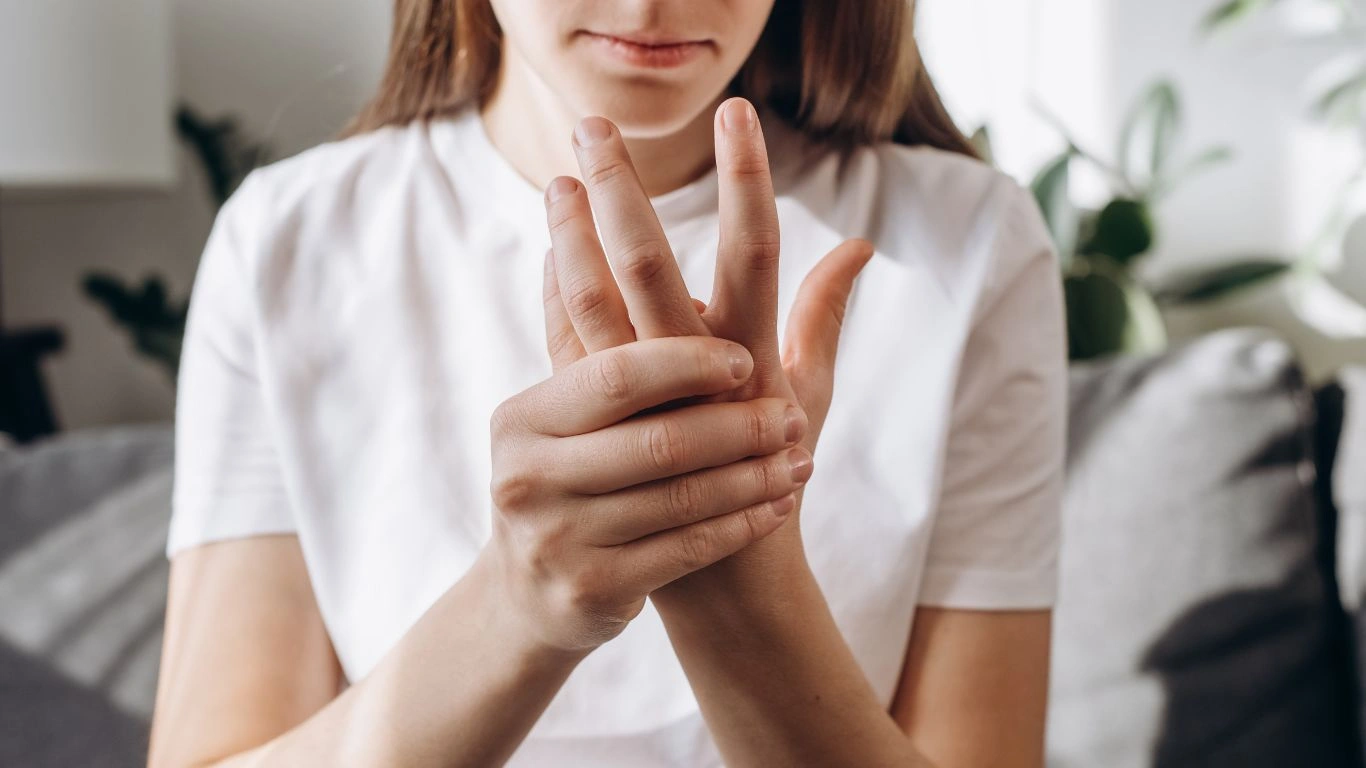
What is Heat Therapy?
Heat therapy involves applying heat to the affected area, which helps increase blood flow and relaxes stiff muscles and joints. When you’re dealing with rheumatoid arthritis, the idea is that heat can improve the flexibility of your joints, reduce muscle spasms, and relieve pain.
There are a few different ways to apply heat, and everyone has their personal favorite. Some people go for warm baths, while others prefer heating pads or even warm towels. It’s all about finding what works best for you.
How Heat Therapy Helps with Rheumatoid Arthritis
If you’re wondering whether heat therapy can make a difference for your RA pain, the answer is yes—especially for easing stiffness and muscle tension. Here’s how it works:
- Increases Blood Flow: Heat helps dilate blood vessels, which increases circulation to the painful area. This can help deliver more oxygen and nutrients to your joints and muscles, promoting healing and reducing pain.
- Relaxes Muscles: RA often causes muscles around the affected joints to tense up. Applying heat can help those muscles relax and alleviate some of the discomfort associated with the stiffness of RA.
- Improves Joint Mobility: One of the most frustrating symptoms of rheumatoid arthritis is the stiffness, especially in the mornings. Heat can help improve the flexibility of your joints, making it easier to move and stretch.
- Pain Reduction: The warmth itself has a soothing effect on pain receptors, which can dull the sensation of discomfort. Plus, the relaxation effect can help you feel more comfortable overall.
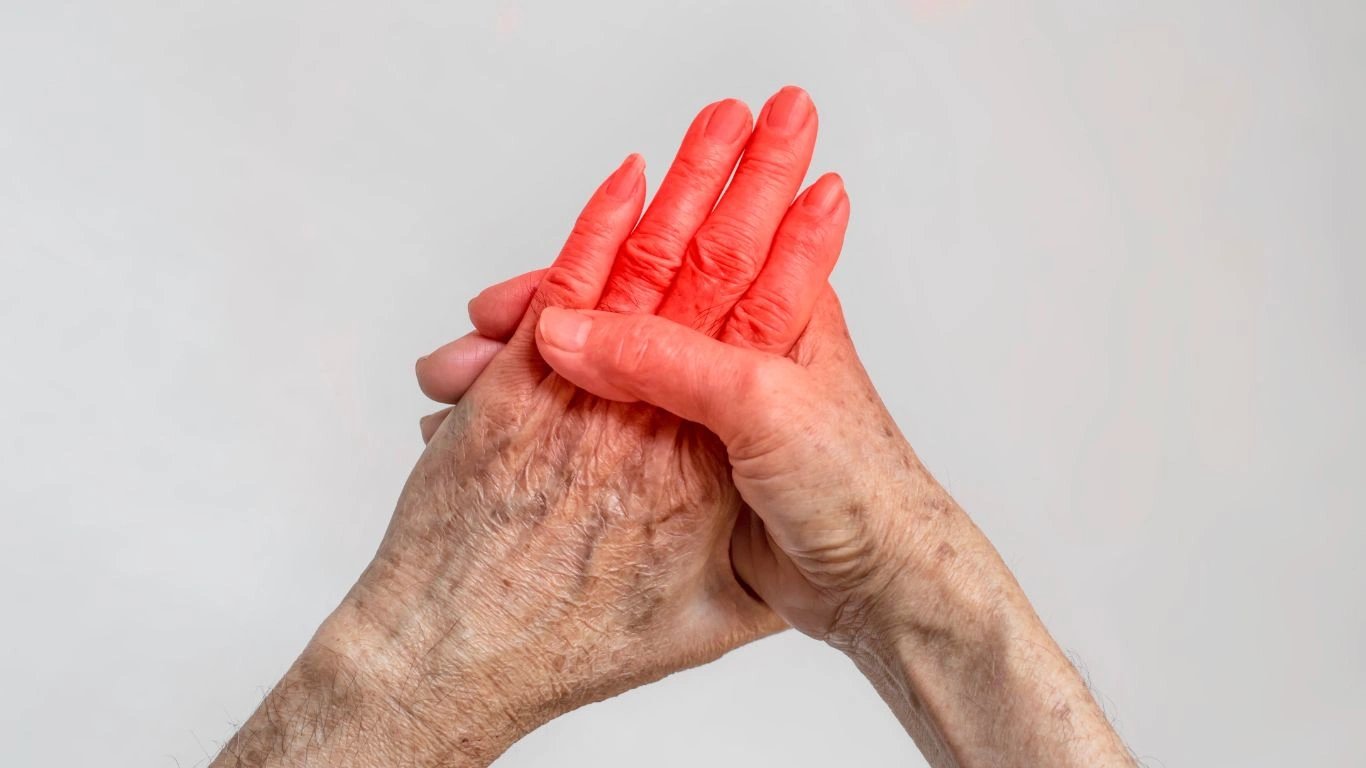
How to Use Heat Therapy for Rheumatoid Arthritis
When it comes to applying heat, there are several methods to choose from. Let’s go through the most common ones:
1. Heating Pads
One of the easiest and most popular ways to use heat therapy is with a heating pad. These pads are easy to find, and many of them come with adjustable settings so you can control the temperature. You can use them for targeted pain relief, placing the pad directly on your painful joints.
2. Warm Baths or Showers
Soaking in a warm bath can work wonders for RA pain. The warmth helps relax your muscles, and the buoyancy of the water takes some of the pressure off your joints. Plus, the act of relaxing in the bath can be therapeutic in itself. Just make sure the water isn’t too hot—lukewarm or comfortably warm is best to avoid any burns or irritation.
3. Hot Packs or Warm Towels
If you don’t have a heating pad, you can easily create your own heat therapy with a hot pack or a warm, damp towel. Simply heat it up in the microwave or soak it in warm water and apply it to the affected area. It’s portable, easy to use, and doesn’t require any fancy equipment.
4. Warm Paraffin Wax
For hands and feet, warm paraffin wax treatments can provide relief. You dip your hands or feet into the wax, and once it hardens, it holds the heat around your joints. This method can be especially soothing for stiff hands or toes that are affected by rheumatoid arthritis.
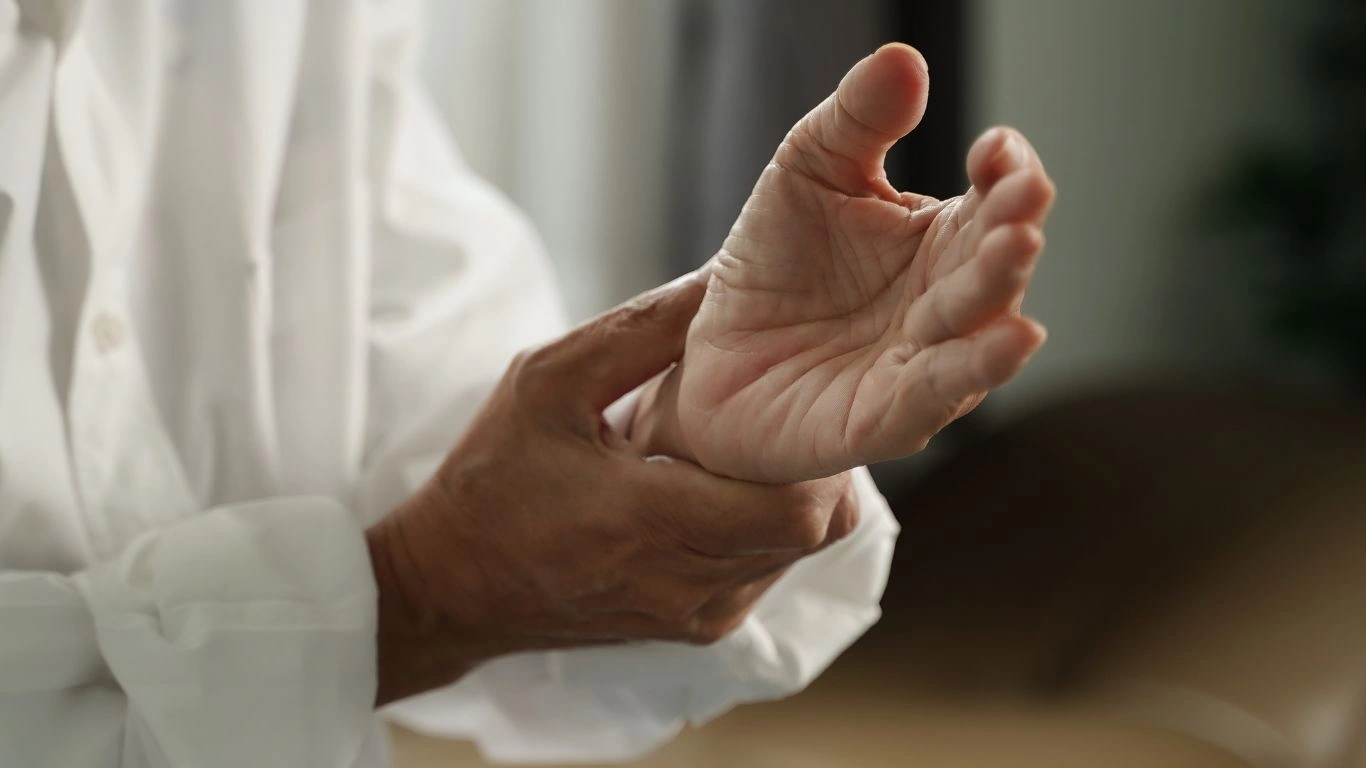
When is Heat Therapy Most Effective?
Heat therapy is generally used for managing chronic pain and stiffness, so it works best when your joints feel tight or sore due to RA flare-ups. However, it’s important to know when not to use heat therapy.
For instance, if you have active inflammation or swelling (which happens during a flare-up), cold therapy might be more appropriate. Cold can help reduce swelling and numb the pain, while heat can make inflammation worse.
That said, heat therapy is a go-to for those moments when your joints just feel stiff and you need to loosen them up, such as:
- In the morning: If you wake up with stiff joints, a warm bath or a heating pad can help get you moving for the day.
- Before exercise or physical activity: Applying heat can help loosen up stiff muscles and joints before you do any stretches or exercises.
- After physical activity: Sometimes, after a workout or walking around for a long time, heat therapy can soothe any lingering muscle tightness or stiffness.
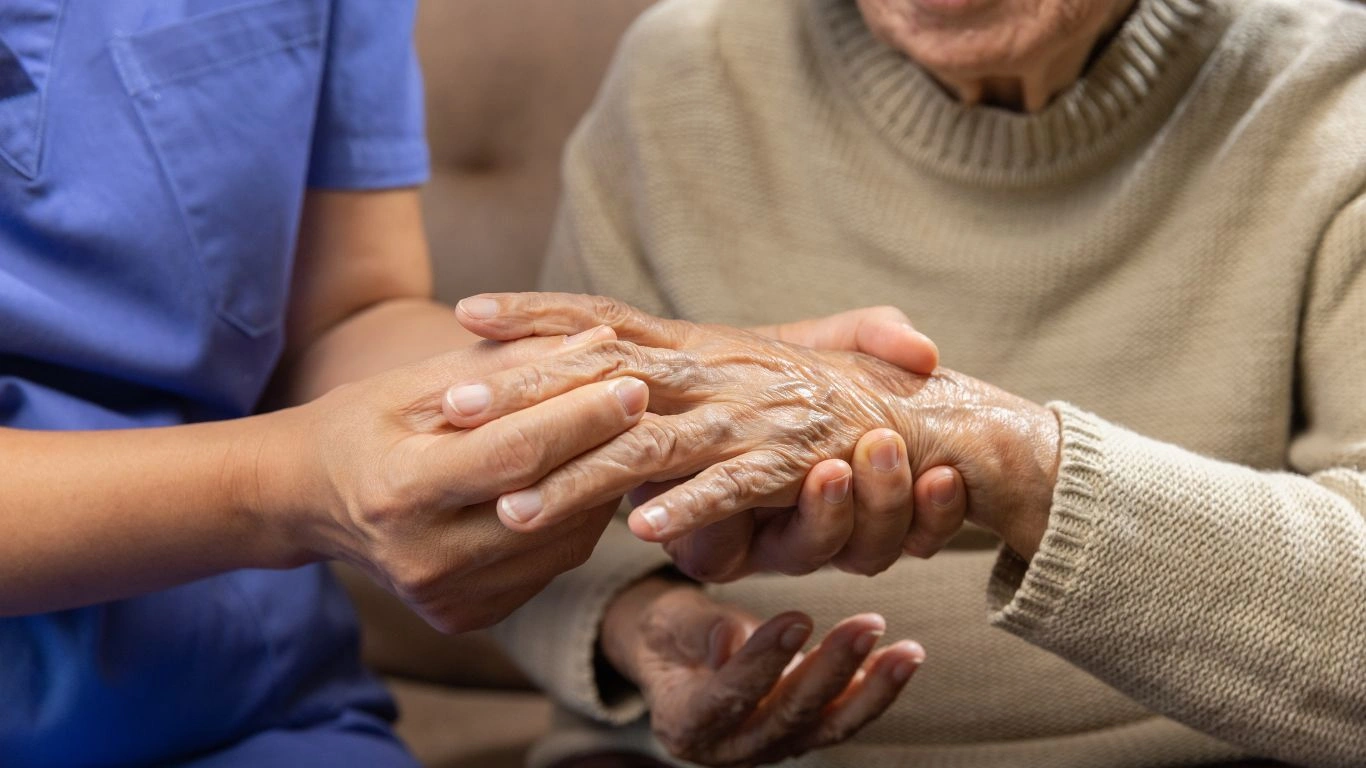
Conclusion
Heat therapy can be an effective way to relieve the pain and stiffness associated with rheumatoid arthritis. Whether you use heating pads, warm baths, or paraffin wax treatments, applying heat to your joints helps improve blood circulation, relax muscles, and soothe pain. Just be sure to listen to your body and avoid using heat during inflammation flare-ups. When used at the right time, heat therapy can be a valuable addition to your arthritis management routine!
Appendices
FAQs
- Can heat therapy help with swelling from rheumatoid arthritis?
No, heat therapy isn’t ideal for reducing swelling. For active swelling, cold therapy (ice packs or cold compresses) is typically recommended. - How long should I use heat therapy for my RA pain?
Apply heat for about 15-20 minutes at a time. Avoid longer exposure to prevent skin burns. - Is heat therapy safe for everyone with RA?
Most people with RA can safely use heat therapy. However, if you have skin issues or poor circulation, it’s best to consult your doctor before trying heat. - Can I combine heat therapy with other treatments?
Yes, you can use heat therapy along with medications, physical therapy, or other treatments, but always check with your doctor to ensure they’re safe to combine. - Should I use heat or cold for rheumatoid arthritis flare-ups?
During a flare-up with significant inflammation, cold therapy is usually better for reducing swelling. Use heat when stiffness or muscle tension is the primary issue.
References
- American College of Rheumatology. (2023). Heat Therapy for Rheumatoid Arthritis: Benefits and Guidelines. Read Article
- Smith, J., & Turner, A. (2021). Understanding Heat and Cold Therapy in Arthritis Treatment. Journal of Pain Management, 29(2), 200-210. Read Article
- National Institute of Arthritis and Musculoskeletal and Skin Diseases. (2024). Rheumatoid Arthritis Treatments. Read Article
Disclaimer
The information provided in this article is for educational purposes only and should not be considered medical advice. Always consult with a healthcare provider before starting any new treatment or therapy for rheumatoid arthritis. Individual needs may vary, and professional guidance is essential for personalized care.

Tarra Nugroho is a dedicated Nurse Practitioner with a strong foundation in family and preventive care. She brings both compassion and clinical expertise to her practice, focusing on patient-centered care and health education. As a contributor to Healthusias.com, Tarra translates medical knowledge into clear, empowering articles on topics like women’s health, chronic disease management, and lifestyle medicine. Her mission is simple: help people feel seen, heard, and informed—both in the clinic and through the content she creates. When she’s not caring for patients, Tarra enjoys weekend hikes, plant-based cooking, and curling up with a good health podcast.


